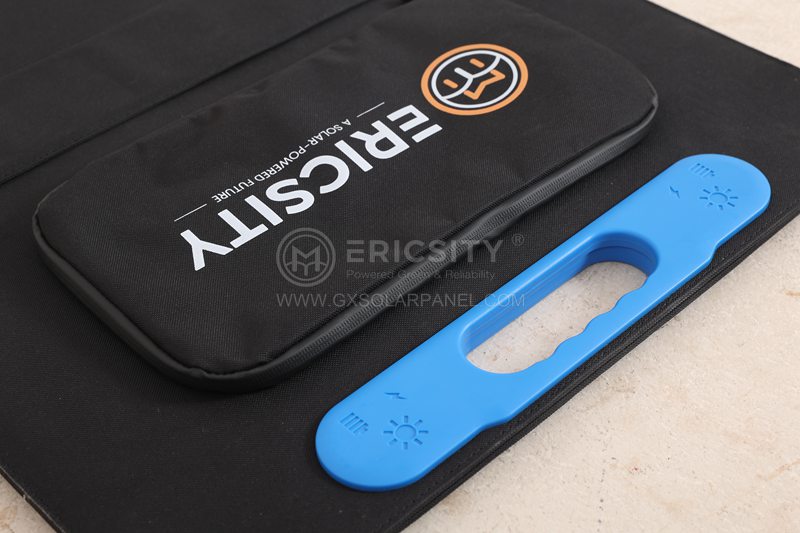HOT PRODUCT
Product Details
Supporting Flexibility: The Role Of Frames In Flexible Solar Panels
Supporting Flexibility: The Role Of Frames In Flexible Solar Panels
Solar energy has become an increasingly popular renewable energy source, with solar panels playing a crucial role in harnessing sunlight and converting it into electricity. Traditional solar panels have typically consisted of rigid, glass-encased photovoltaic cells mounted on solid frames, limiting their applications to stationary or fixed installations. However, recent advancements in technology have led to the development of flexible solar panels, opening up new possibilities for solar energy generation in diverse settings.
Flexible solar panels, also known as thin-film solar panels, are composed of lightweight and malleable materials such as polymers and thin semiconductor layers. This flexible nature allows them to conform to different shapes and surfaces, enabling integration into a wide range of applications. The absence of bulky frames and rigid structures, which are characteristic of traditional solar panels, makes these flexible panels ideal for unique environments and unconventional uses.
One crucial element that supports the flexibility of these panels is the absence or minimalistic design of frames. Frames are commonly used in traditional solar panels to support the weight of the glass encapsulation and provide stability. However, in flexible solar panels, frames are either eliminated or replaced with lightweight and flexible materials, ensuring the panels can bend and flex without compromising their structural integrity.
The removal of frames not only enhances the flexibility of the solar panels but also offers several additional advantages. Firstly, eliminating frames reduces the overall weight of the panel, making it easier to transport and install. This feature is particularly beneficial in remote or challenging locations where transporting heavy and bulky solar panels is impractical. Moreover, the absence of frames enhances the aesthetic appeal of the panels, making them more visually appealing for applications where design plays a significant role.


To provide adequate support without the need for frames, flexible solar panels employ innovative encapsulation methods. One such technique involves laminating the photovoltaic cells between layers of flexible polymers, creating a durable and robust structure. This encapsulation protects the semiconductor layers from external elements such as moisture, dust, and UV radiation, ensuring the panels’ longevity and efficiency.

The flexibility offered by these panels enables their application in various sectors. For instance, they can be seamlessly integrated into curved or irregularly shaped surfaces, such as building facades, vehicles, and even clothing. This integration facilitates the adoption of solar energy in urban environments where space constraints and architectural requirements limit traditional solar panel installation.
Another area where flexible solar panels show tremendous potential is in portable and off-grid applications. Due to their lightweight nature and ability to roll or fold, they can be easily transported and deployed in remote areas, providing reliable power sources for outdoor activities, emergency situations, or in regions lacking access to electricity grids.
Additionally, flexible solar panels can also be deployed in large-scale installations, covering vast areas of land or rooftops. Their flexibility allows them to conform to uneven terrain or irregular surfaces, optimizing the use of available space and maximizing energy generation capacity.
In conclusion, the development of flexible solar panels has revolutionized the field of solar energy by offering a versatile, lightweight, and aesthetically pleasing alternative to traditional rigid panels. The absence or minimalistic design of frames supports their flexibility and enables integration into a wide range of environments and applications. As technology continues to advance, we can only expect further improvements in the efficiency and affordability of flexible solar panels, making solar energy a more accessible and viable solution for addressing our energy needs.




